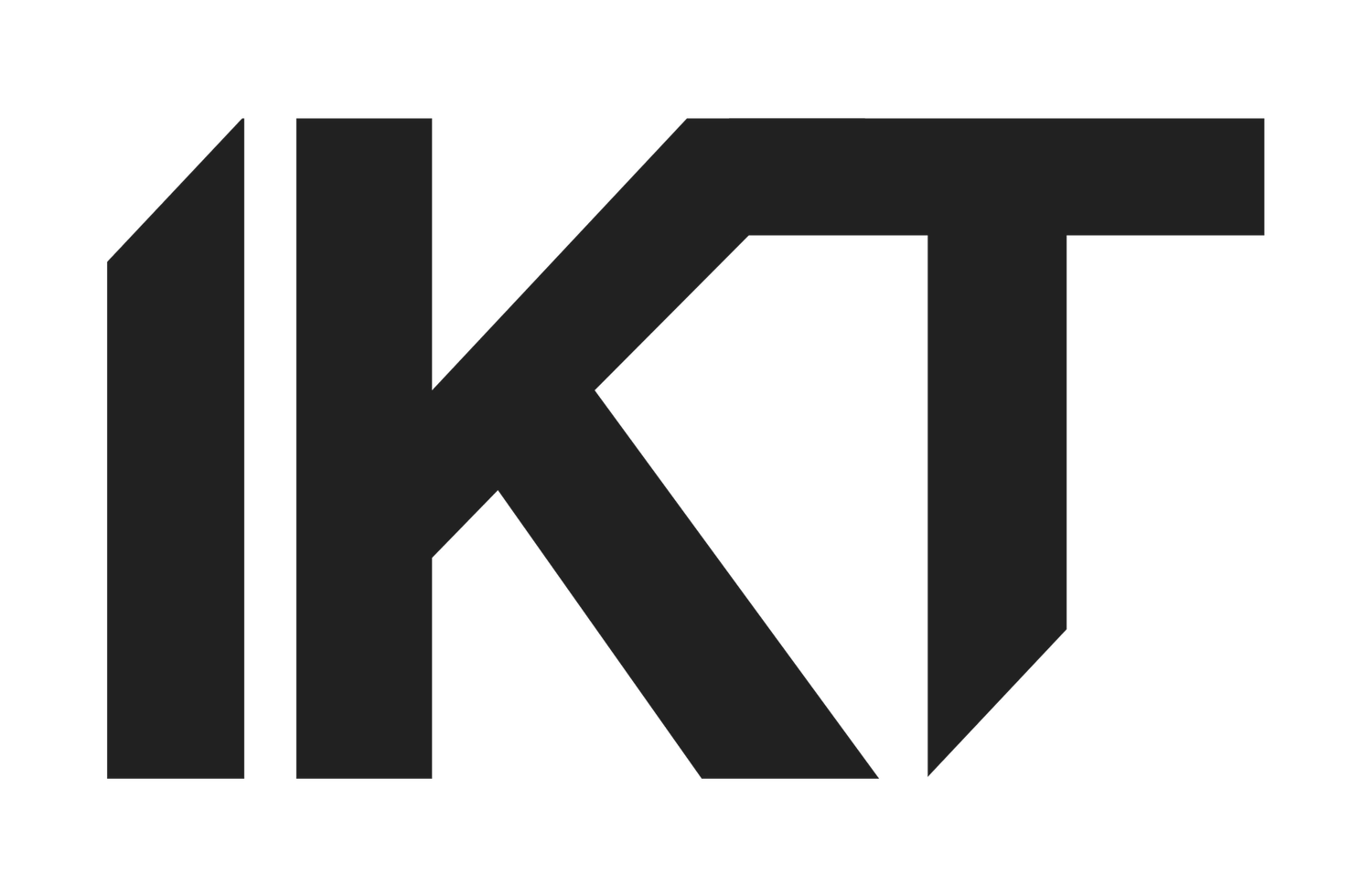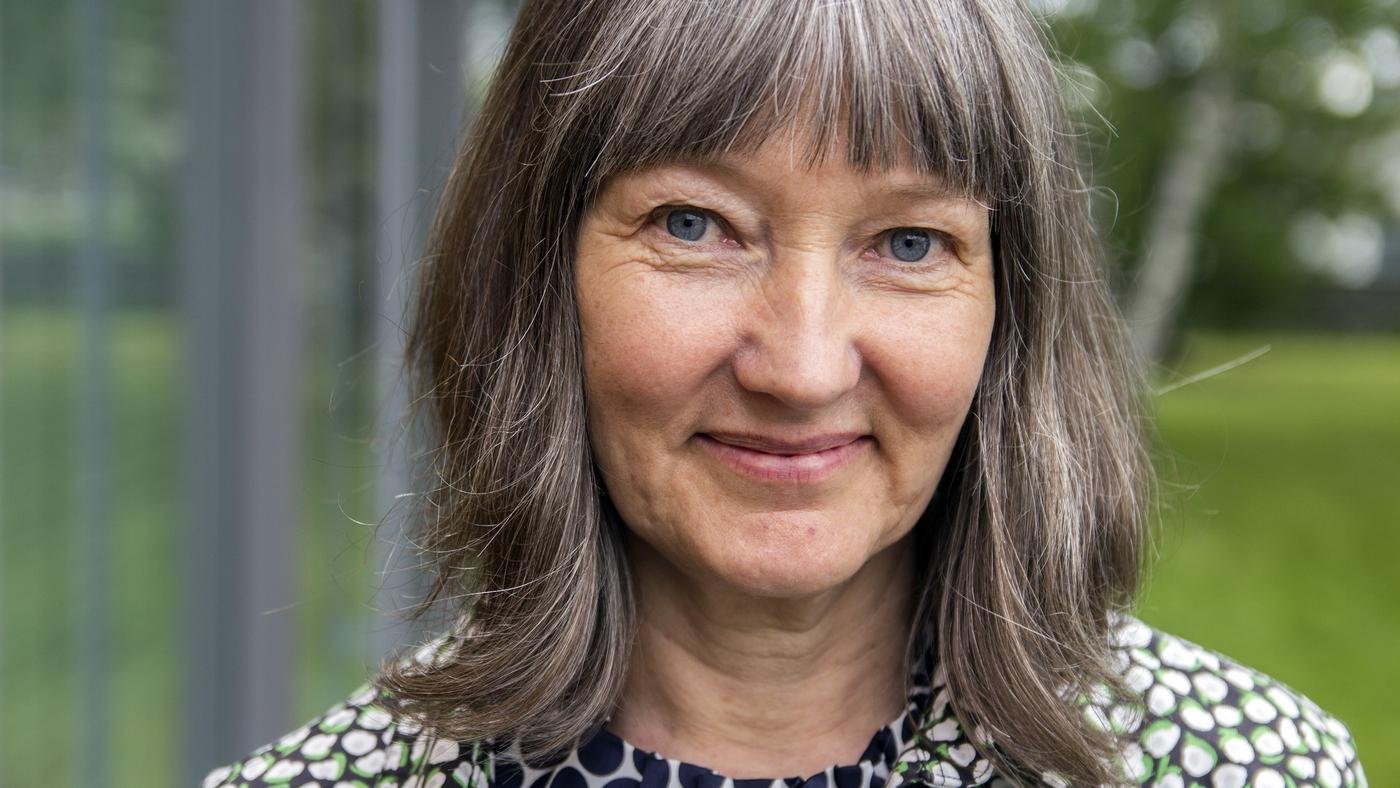Spotlight with Eva Asp
Eva Asp, Independent Curator, Stockholm, Sweden
Could you tell us a little more about your background and how you got into curating?
My background is as an artist. I started curating a very long time ago, more or less by accident or coincidence in the early 90´s, when I wanted to make a project about contemporary art in churches in Stockholm. More than 15 congregations participated in that project, and some 20 artists, which inspired a movement with contemporary art in church-rooms. After that, I gradually became more and more of a curator, and less of an artist. I ended up working in and running different institutions, like various museums and art galleries, private as well as publicly financed.
Who/what has influenced your curatorial practice?
For the reason mentioned above, my focus has always been on the artist´s point of view. It’s difficult to mention a particular curator, it has mostly had to do with the attitude of the curator, if I can sense true respect for the works, and also get to know artist’s own intention of his/her work. I also like when the approach is more poetic than literary. I have found it important to avoid, as I see it, very bad examples, where the curator has “done violence to” the works of art, as a mean to illustrate some theme or opinion of their own.
The role of the curator is continuously changing. Could you describe what it means to be a curator today?
Today, in the field of contemporary art, there is much more freedom, to cross genres, and to cross roles, for example between artist/curator. To make an exhibition as an artist, sometimes more or less, implies to be a project leader, and work with colleagues you like, and give them full freedom to “do their thing”, than to really put works together, thereby adding extra layers of meaning or expressions.
And expectations are much different if you work in an institution or work as an independent. As independent you must be much more articulate to be seen or even noticed, and that is positive, from most points of views.
What’s next for you? What are your upcoming projects?
One of my ongoing projects, together with my Swedish colleague Lena Boethius, has to do with roots of the craft movement in Sweden during the early 20th century, following in the footsteps of the first female Art historian to be awarded a Ph.D. degree in Sweden, Gerda Boethius, who among other things, took the initiative to create a great collection of folk textiles, as a way, at that time, to improve the quality of Swedish handicraft. Today there is a similar movement in contemporary art looking at the characteristics and different aspects of handicraft from a more theoretical or almost philosophical point of view, and it will be an interesting meeting to juxtapose those historic ambitions with what is going on today.
What are you reading, watching, or listening to now, that is helping you to stay relaxed and positive?
To restart in a new role as an independent curator has almost been an existential challenge. The books I have recently read both dealt with the theme on how to find your place on earth and in life, and a surprisingly rewarding reading experience was the poetic text Suicide by the French author Édouard Levé. It gave me perspective on the process how to discern what is meaningful and what to put energy into. Another book I really enjoy is Gaston Bachelard’s The Poetics of Space, which deals with the relationship to the room, to objects, a philosophical way of finding your place in the physical room. Beside those two books, I would also like to mention The Indies, by the Martinican philosopher and writer Edouard Glissant, an epic poem dealing with the colonisation. To me it is a reminder of the complexity and challenges concerning the aspect of the subaltern, and foremost, the very strong power of Art.
How long have you been part of IKT and how do you feel that it has benefited your curatorial practice?
II have been a member since 2014. The conferences and also the seminars that were arranged during the pandemic have been of utmost importance for me, for inspiration, to broaden my knowledge and to get perspectives on my own work.
The IKT network is great for collaborations. I found two partners, institutions in Denmark, for the exhibition Everything represents - nothing is. Ingmar Bergman and art, that I co-curated with Björn Norberg.
Thank you Eva!
Learn more about Auronda Scalera: Instagram
Spotlight
Spotlight is a new series of short interviews, aiming to provide insights about IKT members, their curatorial practice and projects in which they are involved. The series is intended to boost members' engagement with the network and help them find new opportunities for collaboration.
Want to participate?
Send us a request to ikt.curatorial@gmail.com and we will send you interview questions.

